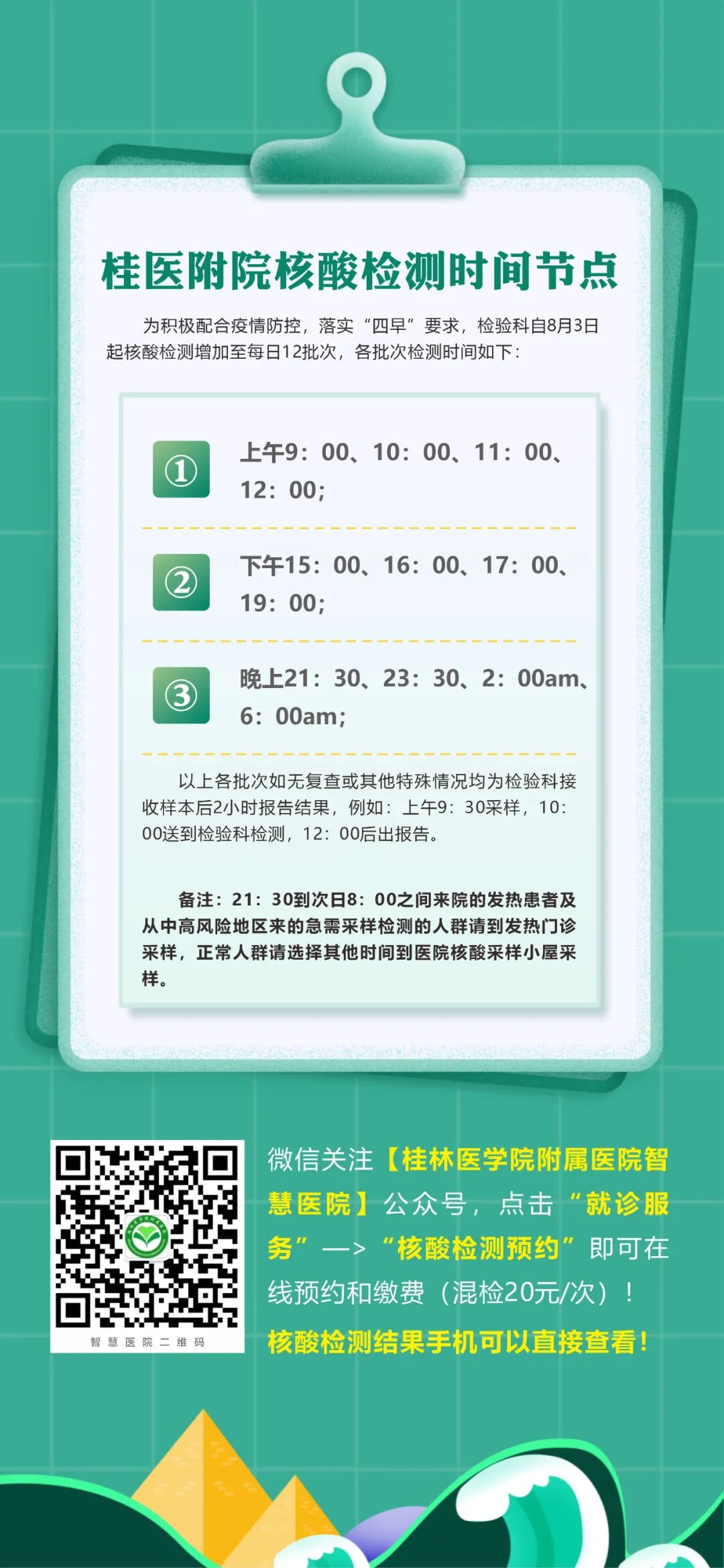Recently, the Department of Limb Trauma and Hand Surgery at Guilin Medical University Affiliated Hospital successfully performed a total hip joint revision surgery on a 92-year-old patient with the assistance of 3D printing technology.
This surgery set a new record for the oldest patient undergoing such a procedure at the hospital. The patient was able to get out of bed and walk two days post-surgery, gradually regaining function before being discharged.
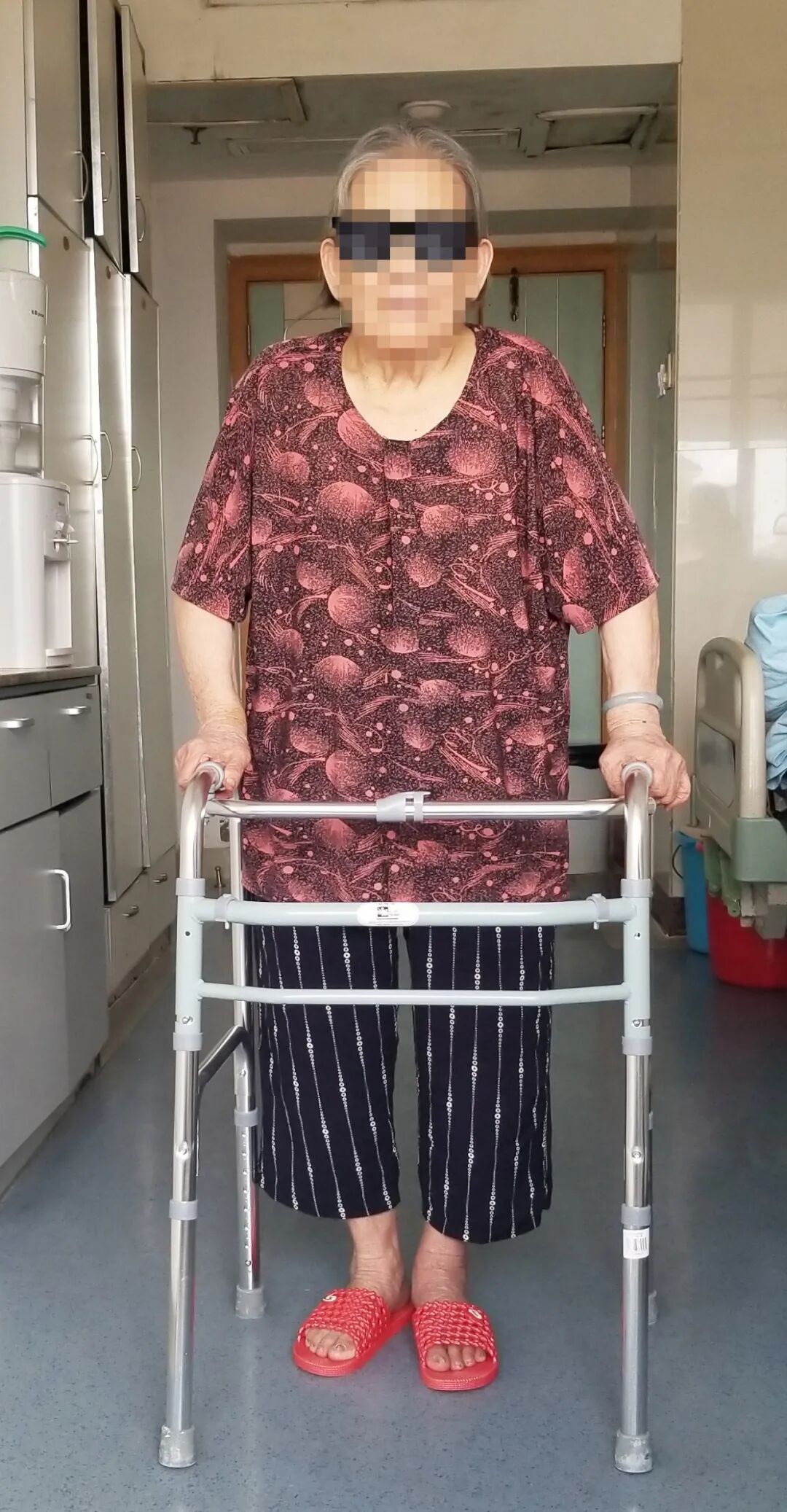
Patient getting out of bed after surgery Family presents a banner to thank the medical team
Family presents a banner to thank the medical team
92-year-old Grandma Huang had undergone a total hip joint replacement surgery at another hospital ten years ago. Recently, she experienced hip pain and limited mobility, with a 5.6 cm shortening of the affected limb, making it impossible for her to stand, severely impacting her daily life. After consulting at a local hospital, due to the complexity of her condition, she was advised to seek treatment at a higher-level hospital.
After extensive inquiries, Grandma Huang’s family sought treatment at the Department of Limb Trauma and Hand Surgery at Guilin Medical University Affiliated Hospital.
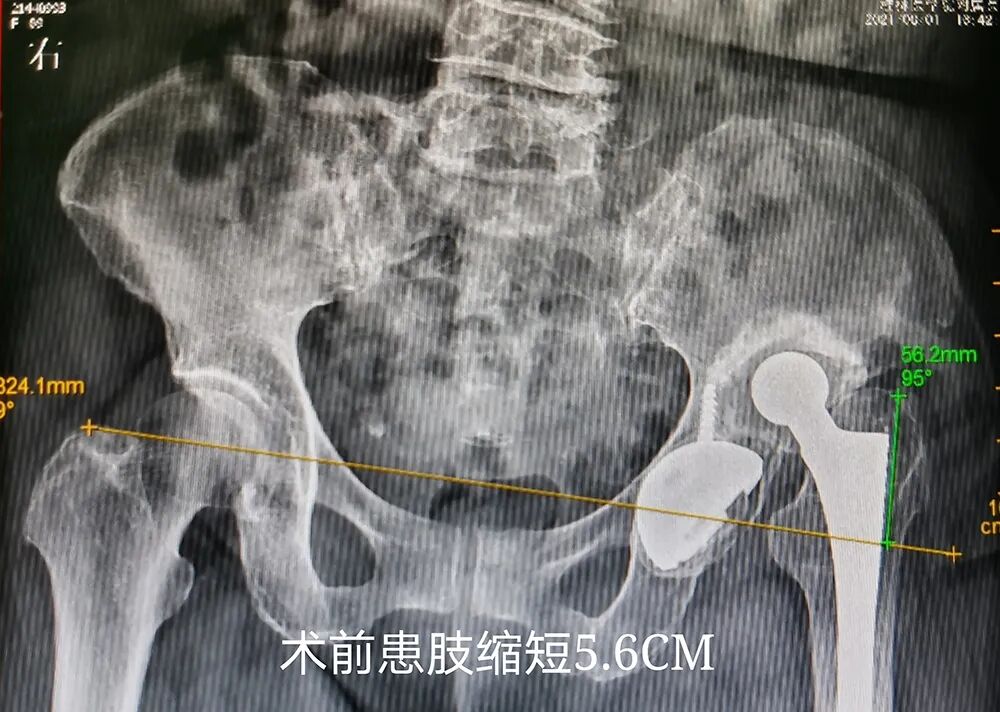
After a thorough examination by the doctors in the Department of Limb Trauma and Hand Surgery, Grandma Huang was diagnosed with “dislocation after left total hip joint replacement,” along with hypertension and heart disease.
Given Grandma Huang’s advanced age, her weak trauma repair ability, and the presence of multiple diseases, the surgical risk was very high. The team needed to overcome the challenge of nearly 50% defect in the upper acetabulum while striving for minimal trauma, less bleeding, and faster recovery.
To minimize surgical accidents and risks, and to reduce complications or achieve no complications, the Department of Limb Trauma and Hand Surgery collaborated with experts from the cardiology, cardiovascular surgery, and anesthesia departments to conduct a detailed preoperative assessment and discussion, formulating a meticulous perioperative treatment plan.
Before the surgery, the team led by Director Wang Ruiying of the Department of Limb Trauma and Hand Surgery utilized 3D printing technology to create a 1:1 scale model of Grandma Huang’s left pelvic bone, allowing for a clearer view of the location and size of the acetabular defect. The surgical team used the 3D printing technology for preoperative surgical planning, anticipating unknown risks, selecting the type and position of the joint prosthesis, and simulating the size and placement of the titanium alloy 3D printed acetabular spacer.
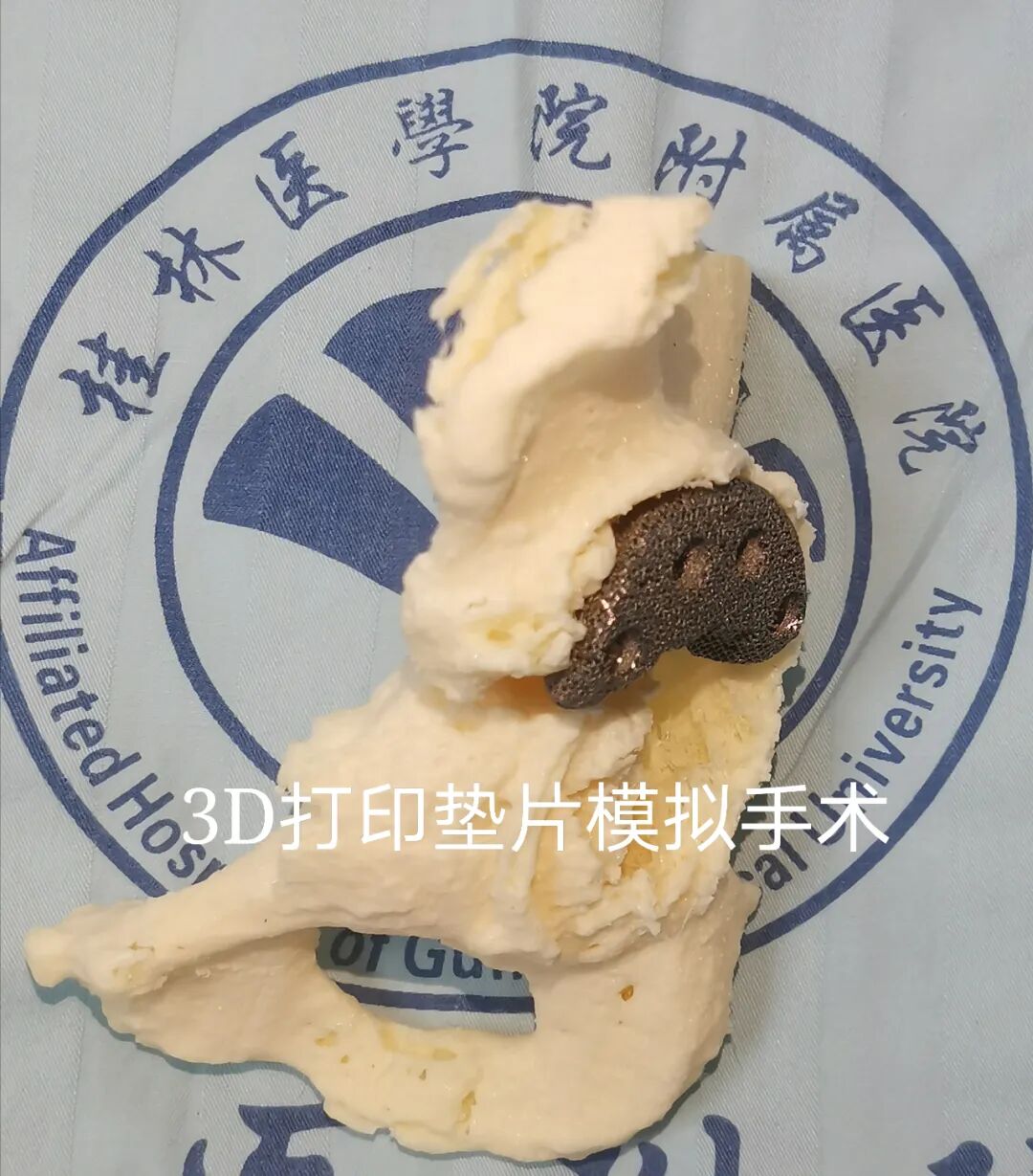
On August 5, after thorough preoperative preparations, Dr. Xin Linwei’s team, with full cooperation from the operating room and anesthesia department, successfully performed the left total hip joint revision surgery on Grandma Huang, which lasted 2 hours, with minimal blood loss and stable vital signs.
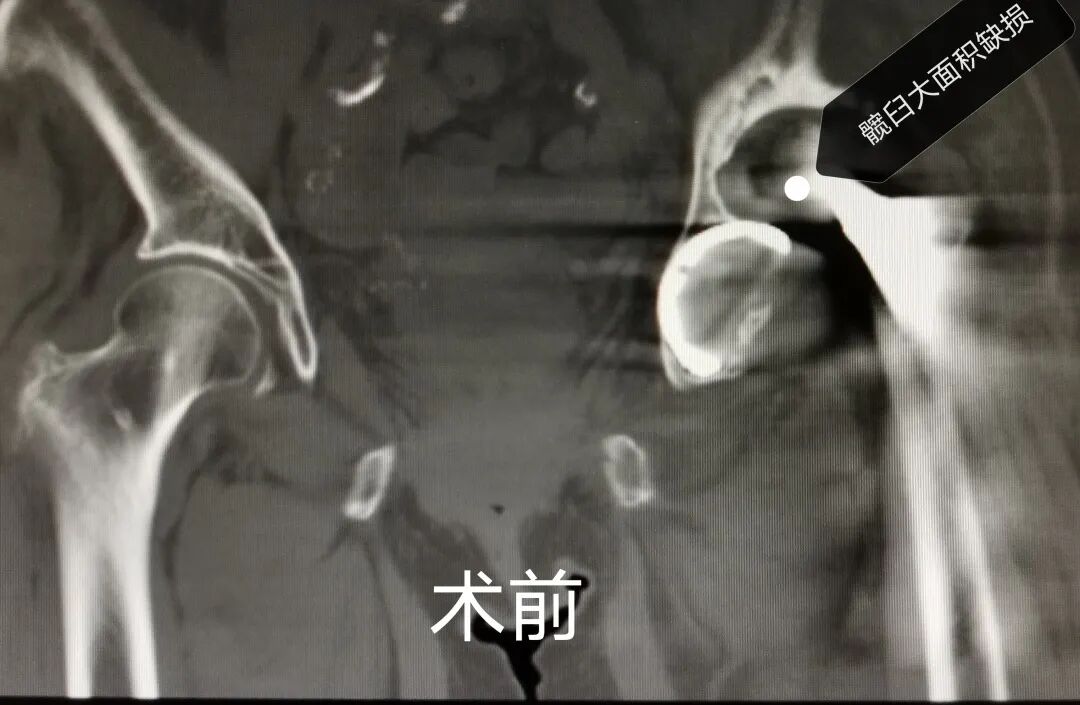
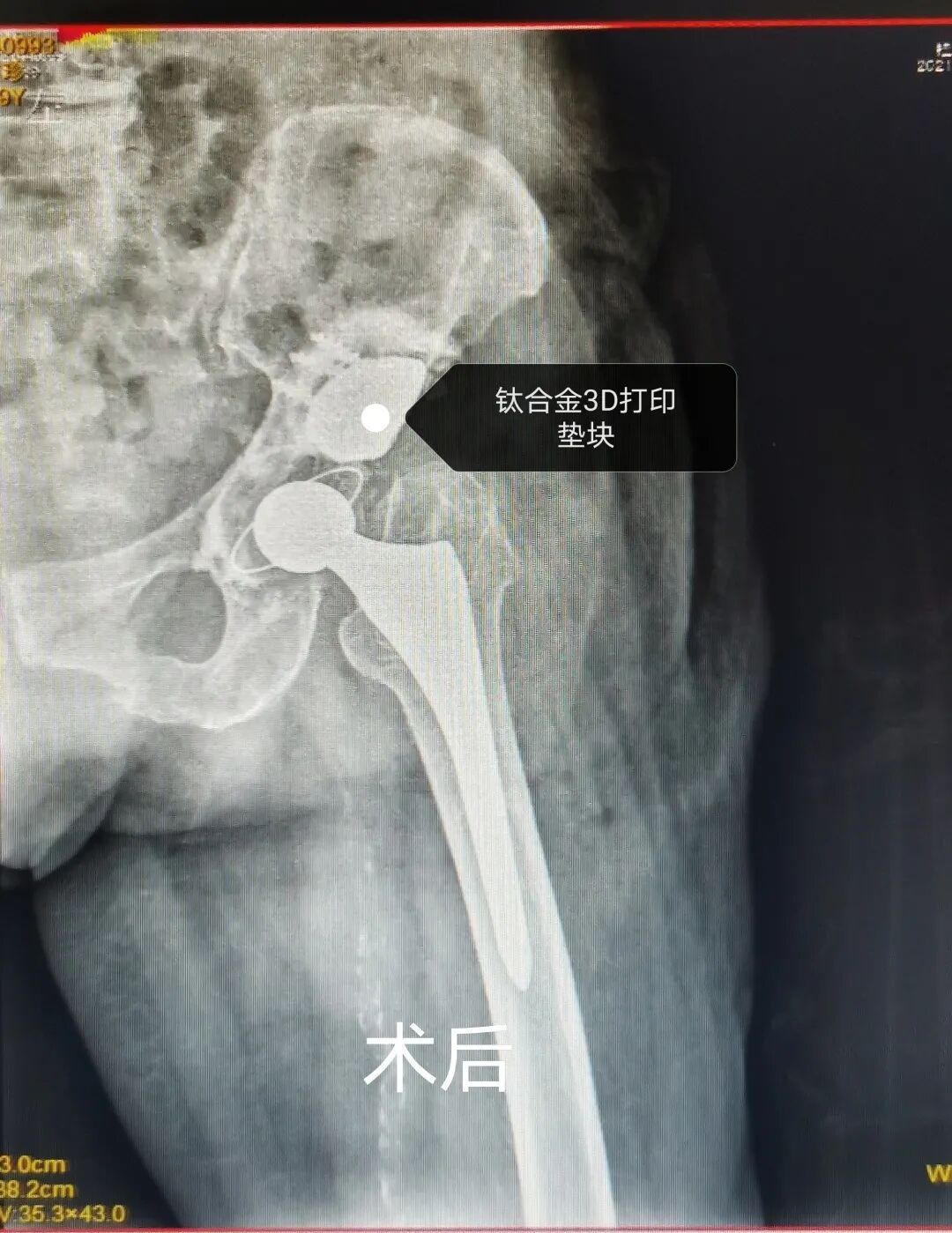
Dr. Xin Linwei explained that revision surgery after hip joint replacement is one of the more challenging procedures in orthopedic sub-specialties, especially for such an elderly patient with hip dislocation and type 3 acetabular defect, compounded by multiple underlying diseases, posing a challenge to the surgical team’s coordination, skill level, and techniques.
However, through preoperative planning using 3D printing technology, the use of metal 3D printed bone strut spacers combined with bone cement acetabulum during the surgery allowed for rapid stabilization of the acetabular structure, simplifying the procedure, shortening the surgical time, and reducing intraoperative trauma to achieve rapid recovery.
Department of Limb Trauma and Hand Surgery
The technical level of the Department of Limb Trauma and Hand Surgery at Guilin Medical University Affiliated Hospital is leading in the region, being the first unit in northern Guangxi to have an orthopedic laboratory and a 3D printing workgroup. They have pioneered minimally invasive treatments for shoulder, elbow, wrist, hip, knee, and ankle joint diseases, total hip and knee joint replacement surgeries, artificial metacarpophalangeal joint replacements, replantation of severed fingers (limbs), free second toe transplantation for thumb reconstruction, and various complex microsurgical procedures for repairing soft tissue defects of the limbs using vascularized free flaps and composite tissue flaps. They have rich clinical experience in complex hip and knee joint replacements and revision surgeries.
Currently, the department focuses on the main directions of nerve injury and repair, mechanics and biology of fracture regeneration, biomechanics of tendon repair and reconstruction, comprehensive treatment of multiple limb injuries, and minimally invasive orthopedic surgery, primarily treating limb trauma and sports injuries, limb fractures, joint dislocations, peripheral nerve injuries, vascular and tendon injuries, and various congenital deformities.
The medical staff of the Department of Limb Trauma and Hand Surgery meticulously formulates advanced and standardized comprehensive treatment plans for patients, with exquisite surgical techniques, few complications, and a focus on postoperative functional rehabilitation. Additionally, the department is also a “demonstration ward for accelerated recovery perioperative blood and pain management in orthopedic surgery.” During the perioperative period, the medical team collaborates with the nursing and rehabilitation teams to develop rapid recovery plans based on the patient’s condition, enabling quick recovery during treatment. In recent years, the department has performed surgeries such as joint replacements, fractures, and arthroscopies for over a thousand patients annually, achieving satisfactory clinical treatment outcomes and good social benefits, earning the trust and praise of patients.
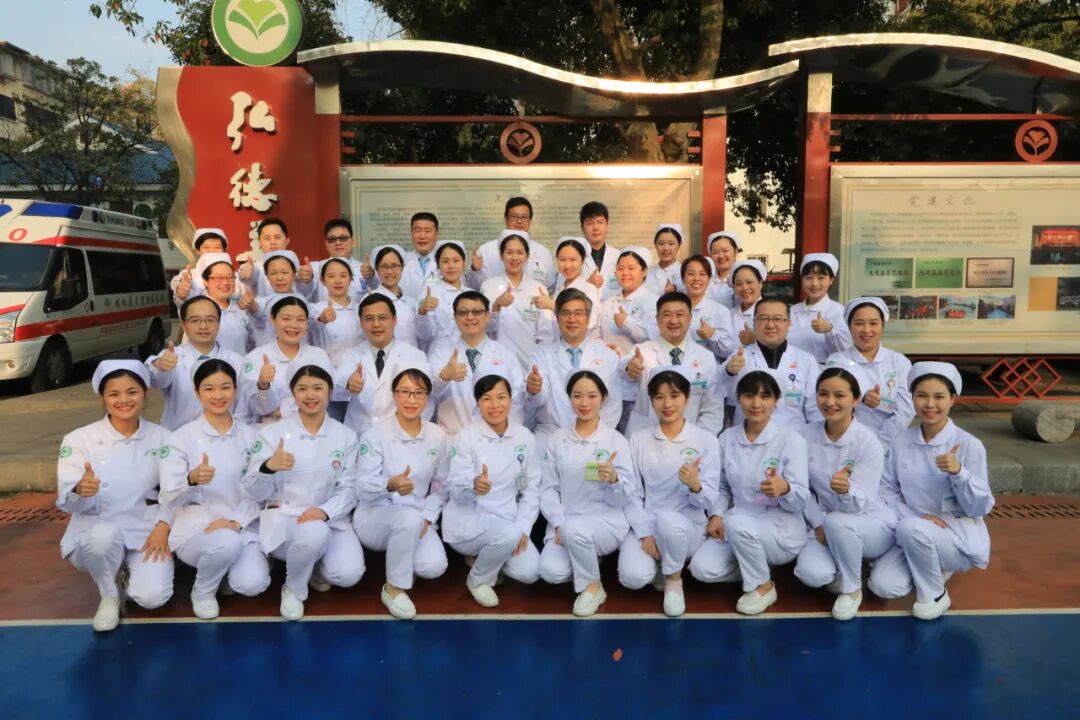
Group photo of the Department of Limb Trauma and Hand Surgery
Text and images: Department of Limb Trauma and Hand Surgery
Editor: Hu Xiaoyun
Proofreader: Xu Hongyan
Reviewer: Wang Zhenran, Li Jin
Editors’ Choice
20 children with congenital heart disease received free treatment at Guilin Medical University Affiliated Hospital, including a pair of twins.
Just under 3 years old, a child who cannot speak may not necessarily have delayed language development; it could be congenital deafness.
The Children’s Rehabilitation Department co-established by Guilin Medical University Affiliated Hospital and Xiufeng District has been inaugurated.
A 15 kg giant tumor “swallowed” a kidney; multidisciplinary cooperation successfully removed it at Guilin Medical University Affiliated Hospital.
Recurrent psoriasis? Three misconceptions clarified at once.
A man collapsed due to an epileptic seizure; nurses at Guilin Medical University Affiliated Hospital provided emergency rescue.
A patient suffering from “the world’s most painful condition” traveled a long distance seeking treatment, just to find him…
